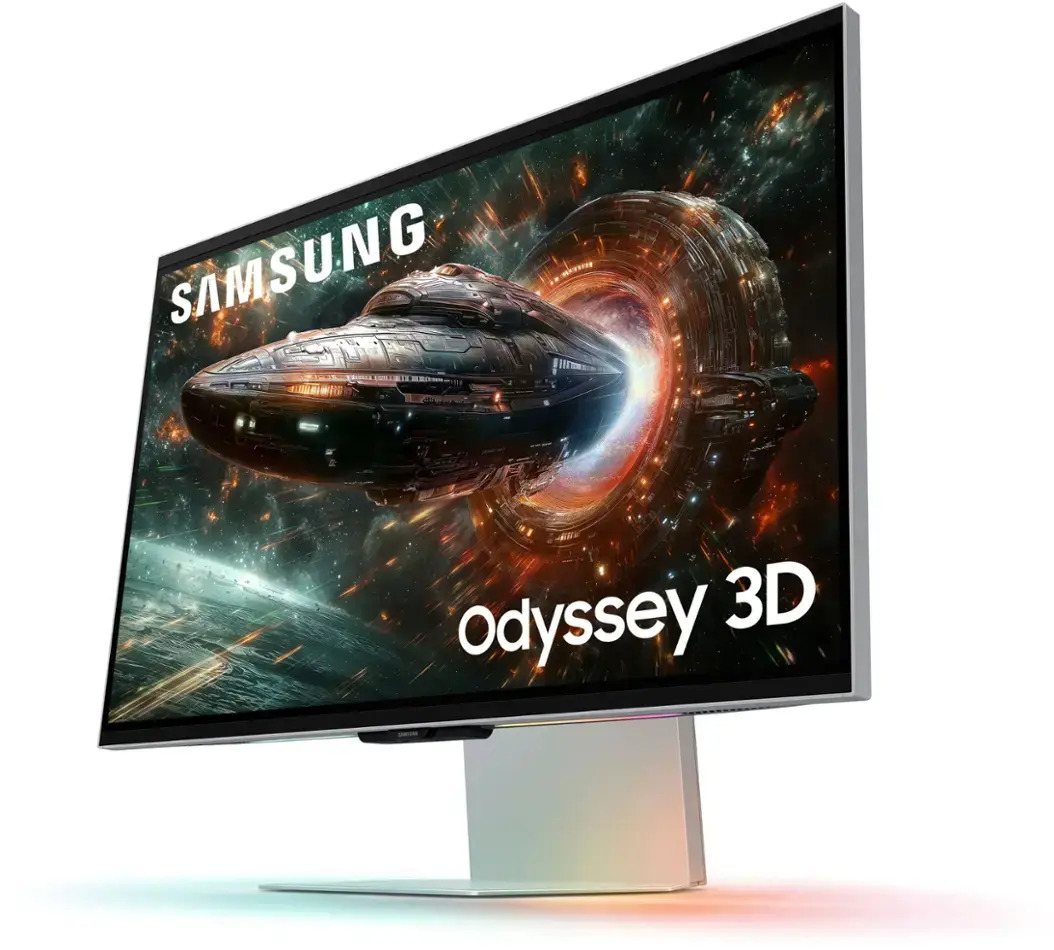Windows 10 vs. macOS vs. Chrome OS: Why Google Won 2018
The software you use on your PC every day changes more often than you think. The three leading consumer desktop operating systems available today — Windows, macOS and Chrome OS — received multiple updates in the last 12 months. These updates added features, improved performance and enhanced security. But not every OS received the same treatment, and some faced more hardships than others in pushing new products out to consumers.
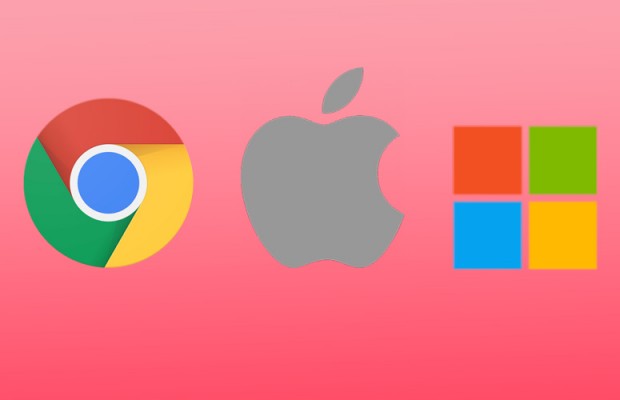
Here's a look back at how Windows 10, macOS and Chrome OS developed in 2018, along with our take on which operating system fared the best.
Windows 10: Compelling updates spoiled by bugs
Windows 10 received two major updates in 2018. The first became available in April, adding Timeline, a feature that keeps track of each file you open and every web page you load (limited to the Edge browser). Windows users can now go back to an app or website they recently visited by simply pressing the Windows + Tab keys. The feature is easy to use and will save you a lot of frustration when you need to revisit an app you accidentally closed.
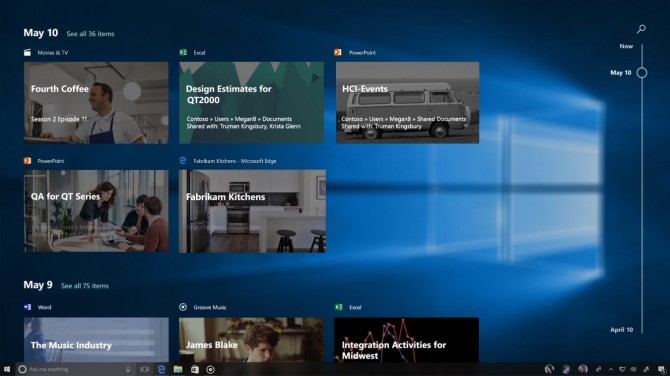
Another change brought Microsoft's Fluent design language to the Windows 10 Start menu and Action Center. Icons now highlight when users hover their cursor over those objects. It's a subtle design element, but one that makes the operating system feel less static, improving upon Windows' long-standing aesthetic shortcomings.
Another newly added feature, Focus Assist, lets you choose times when you don't want to receive notifications — such as when you are presenting a slideshow. With more and more websites pushing out news to users, this is a super helpful tool for when you don't want to be bothered by pop-ups.
Microsoft had a terrible time with the second feature update of the year. Early adopters who installed the October update reported that it was deleting their personal files and photos. The issue was widespread enough for Microsoft to halt the rollout for weeks before resuming in November.
Stay in the know with Laptop Mag
Get our in-depth reviews, helpful tips, great deals, and the biggest news stories delivered to your inbox.
Users who successfully updated their computers received an improved Clipboard app and new features in Notepad. Along with a new shortcut (Windows key + V) to open Clipboard, the app now permanently saves your copied items, creating a history of saved content. The feature works well, but I can't help but wonder why it took Microsoft so long to add it.
MORE: Microsoft's Edge Replacement Will Support Chrome Extensions
A new Snip and Sketch tool makes it easier to share screenshots. The app is designed to let users take and annotate screen grabs, photos and other images with a pen a mouse or via touch. However, a number of users (including myself) are having difficulty downloading the app altogether.
On top of adding features to Windows 10, Microsoft released a host of patches to address the Spectre and Meltdown vulnerabilities affecting Intel CPUs. The road to protect users from these threats has been a bumpy one for Microsoft. The first patch the company released was found to contain a "fatal flaw" that left computers unprotected from Meltdown, and Microsoft admitted that machines with Haswell chips or older suffered "significant slowdowns." Microsoft later released an update to mitigate the patch's effects on performance.
Grade: C: Windows 10 received a number of minor but convenient features in 2018, but the tumultuous rollout of the October update ultimately marred those additions.
macOS: Mojave brings small, stable changes
This year's macOS release, Mojave, is a conservative update with few must-have additions.
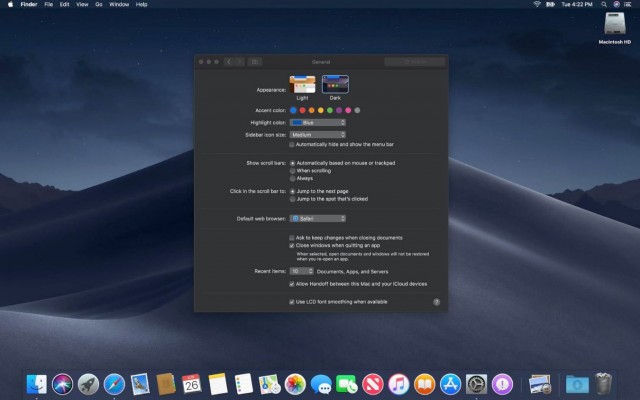
Dark Mode is the main attraction, bringing a new design to the largely unchanged operating system. As the name suggests, Dark Mode takes macOS's white interface and paints it black. The benefits are twofold: The dark interface is easier on the eyes, and, quite frankly, it just looks cool. With Dark Mode, you can enable what Apple calls Dynamic Desktop, which changes images from warm to cold as the day progresses.
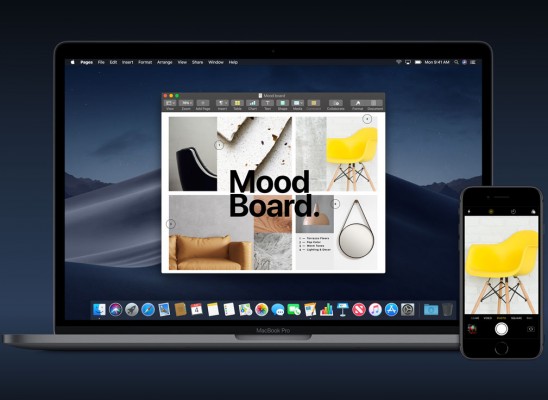
Another worthwhile feature Apple brought to macOS this year is the Continuity Camera. Apps that support the feature allow you to take and upload images directly from your iPhone or iPad. Once you enable Continuity Camera from a supported app, just take a photo with your smartphone, and it'll automatically upload onto your laptop in the relevant app. In our review of Mojave, my colleague Henry Casey dubbed the Continuity Camera the "best new trick Apple added to macOS."
Other, less essential features Apple added to macOS this year include a Gallery view in Finder and a new way of keeping your desktop organized. Apple also improved screenshots by adding a thumbnail for each capture you take, which you can click on to edit.
MORE: Top 11 macOS Mojave Features
Many of the features new to Mojave first debuted on iOS, illustrating Apple's intentions of bridging the gap between its desktop and mobile operating systems. To that end, the company brought iOS app support to macOS earlier this year. We're not thrilled with the first batch of apps Apple chose to port to the desktop, but Mac users should expect to see the same apps they use on their iPhones soon.
Grade: B: Apple stopped well short of creating a unified OS, but macOS adopted a few useful features from iOS. Dark Mode and the Continuity Camera are the standouts of a conservative but stable update.
Chrome OS: All about the apps
Google took a big step last year in bringing Android app support to Chromebooks. This year, the company is pushing through the growing pains.
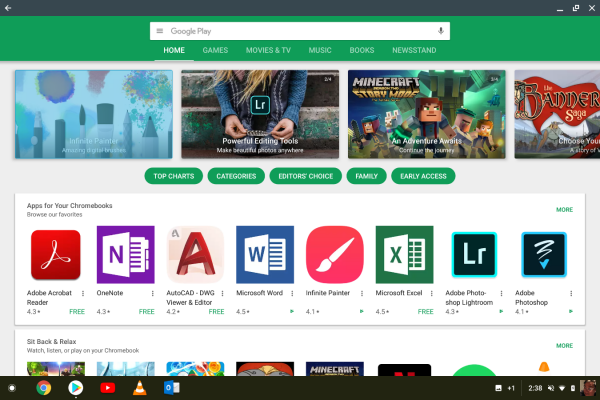
As it stands, many of the apps available on Chrome OS are ports from Android, and many of those aren't optimized for desktop. To improve the experience, Google added split-screen support for some apps, along with several UI changes. Still, Chrome OS has a long way to go before it can give Chromebook users the same experience offered on Android.
"The challenges it [Google] continues to have about delivering the right experience with apps on the desktop and also on mobile shows that it's not just a 'snap your fingers and everything is done' [situation]," Stephen Baker, vice president of industry analysis at NPD, told Laptop Mag. "I'll give them props for moving themselves along that path. They have made an awful lot of progress, and we need to commend them for that."
New multitasking gestures, a smaller on-screen keyboard and a new design format called "touchable Material Design 2.0" were meant to provide better touch support for 2-in-1 laptops, like Google's own Pixel Slate. Larger icons make it easier to navigate the operating system using your fingers or a stylus, and on convertible laptops with 360-degree hinges, you can now take a screen grab by pressing down the volume and power button at the same time.
MORE: Best Chrome Apps - Top Free and Paid Apps
Chrome OS also received a significant redesign that reflected changes made to Android earlier in the year. The Material Theme brought Chrome tabs with rounded corners, instant search queries and a clean, white background to the New Tabs page. The changes were part of Chrome OS version 69, which also introduced voice input and Night Light, a feature that reduces eye strain by changing your display's color temperature throughout the day.
Google added a host of other features to Chrome OS in 2018, bringing the operating system closer to parity with Windows and macOS. Those additions include the ability for certain apps to open in a separate window; new accessibility settings; and what Google calls Better Together, or an initiative to provide seamless integration between Android phones and Chrome OS laptops.
Grade: B+: Google continues to improve Android app support for Chrome OS while bringing tons of value-adding features, like optimization for touch-screen devices.
Bottom Line
Google made good headway this year by improving Android app support and adding tons of useful features to Chrome OS. That being said, the company's operating system is the least mature of this group and, therefore, has the most room to grow.
Windows 10 and macOS saw incremental improvements, highlighted by a dark color scheme and new ways to take screen grabs. While Apple's launch of Mojave has been relatively stable, Microsoft dropped the ball with its October update and is still working to pick up the pieces.
Credit: Laptop Mag; Google; Apple; Microsoft
Phillip Tracy is the assistant managing editor at Laptop Mag where he reviews laptops, phones and other gadgets while covering the latest industry news. After graduating with a journalism degree from the University of Texas at Austin, Phillip became a tech reporter at the Daily Dot. There, he wrote reviews for a range of gadgets and covered everything from social media trends to cybersecurity. Prior to that, he wrote for RCR Wireless News covering 5G and IoT. When he's not tinkering with devices, you can find Phillip playing video games, reading, traveling or watching soccer.

